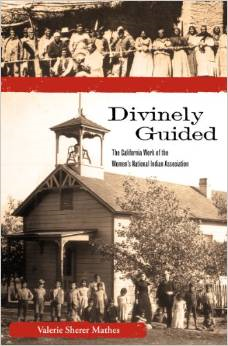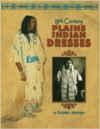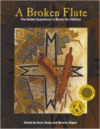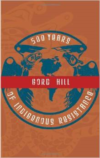Description
Founded in Philadelphia in 1879| the WNIA devoted seventy years to working among Native women. Bucking society’s narrow sense of women’s appropriate sphere| WNIA members across the U.S. built homes| missionary cottages| schools| and chapels| and sponsored teachers and physicians–all with a strong dose of Christianity. Though goals of forced assimilation were as unrealistic as they were unsuccessful| WNIA’s contributions to the welfare of Native women were hardly insignificant| especially in California. In the north| they worked at the Round Valley and Hoopa Reservations and realized their most unusual undertaking–the funding of the Greenville Indian Industrial School. In the south they worked with the Native mission populations| where cultural similarities and greater proximity fostered unprecedented cooperation among WNIA workers. Amelia Stone Quinton| longtime WNIA president and editor of The Indian’s Friend| provides a consistent narrative thread| as does Helen Hunt Jackson in the chapters on Southern California. Even after Jackson’s death| her spiritual presence and the impact of her novel Ramona guided WNIA membership. Mathes’s recovery of WNIA history| supported by a wealth of documentation| reveals much about an era’s sense of sphere| service| and sisterhood.






Reviews
There are no reviews yet.